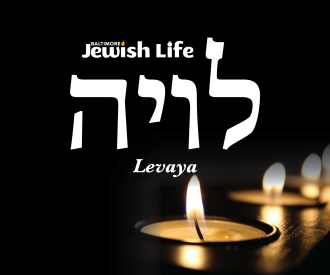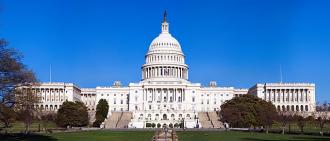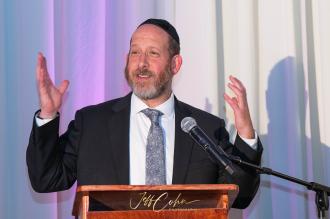Archaeological evidence of the breaching of Jerusalem’s Third Wall by the Romans at the end of the Second Temple era was discovered last winter thanks to an excavation by the Israel Antiquities Authority, Israel’s GPO reported Thursday. The siege culminated in the destruction of the Second Temple still mourned by the Jewish people thousands of years later.
The remains of a tower and numerous ballista and sling stones fired by Roman catapults were discovered as well.
“This is a fascinating testimony of the intensive bombardment by the Roman army, led by Titus, on their way to conquering the city and destroying the Second Temple,” excavation directors Dr. Rina Avner and Kfir Arbib said in a statement.
The archaeologists noted that the bombardment targeted sentries guarding the third wall and was also meant to provide cover for Roman forces approaching the wall with battering rams to breach the city’s defenses.
“The historian Josephus, an eye witness to the war, provided many details about this wall,” the archaeologists said, referring to the first-century Jewish scholar and historian believed to have sided with the Romans.
Avner and Arbib said the wall was “designed to protect the new quarter of the city that had developed outside its boundaries, north of the two existing city walls. This quarter was named Beit Zeita. The building of the Third Wall was begun by Agrippa I; however, he suspended its construction so as not to incur the wrath of Emperor Claudius and to dispel any doubts regarding his loyalty. The construction of the Third Wall was resumed some two decades later by the defenders of Jerusalem, as part of fortifying the city and the Jewish rebels’ preparations for the Great Revolt against Rome.”
The findings of the excavation will be featured in an October 27 conference, “New Studies in the archaeology of Jerusalem and its Region” held at the Hebrew University of Jerusalem’s Mount Scopus campus, Israel’s GPO said.















